I am trying to understand why a hexbin plot in a north or south polar stereo projection shows squashed hexagons, even though the area of the grid is square and the projection is approximately equal area.
I've tried both north and south polar stereo projections using basemap.
import numpy as np
from numpy.random import uniform
import matplotlib.pyplot as plt
from mpl_toolkits.basemap import Basemap
fig = plt.figure(figsize=(12,10)) # width, height in inches
ax =fig.add_axes([-0.02,0.1,0.74,0.74])
m = Basemap(epsg='3413',lon_0=0.,resolution='l',width=6000000,height=6000000)
m.drawcoastlines()
m.drawmapscale(0.,90.,0.,90.,1000)
npts=2000
lats = uniform(60.,80.,size=npts)
lons = uniform(0.,360.,size=npts)
data = uniform(0.,4800.,size=npts)
x,y=m(lons, lats)
thiscmap=plt.cm.get_cmap('viridis')
p=m.hexbin(x,y,C=data,gridsize=[10,10],cmap=thiscmap)
plt.show()

